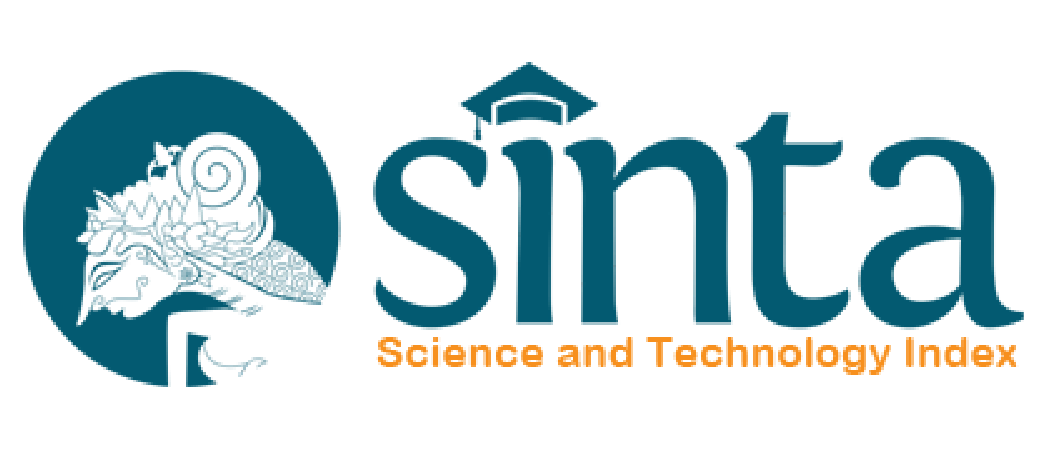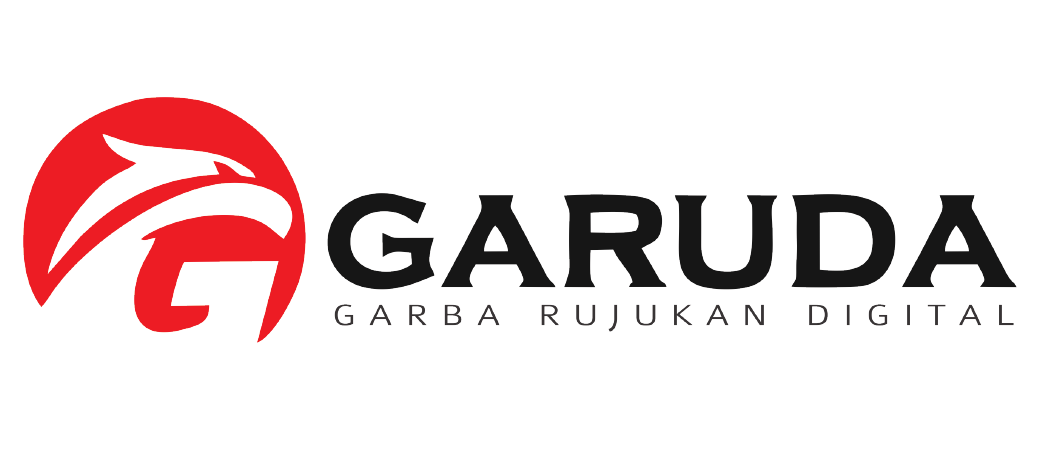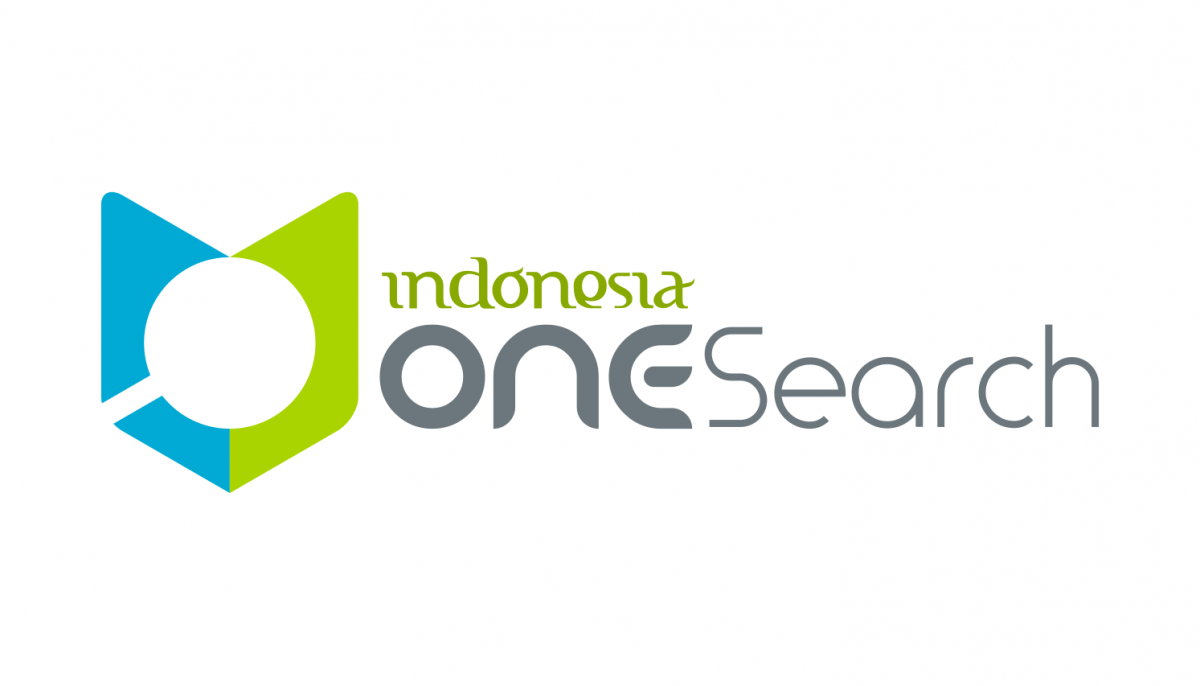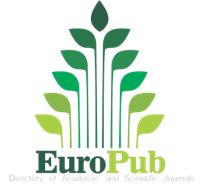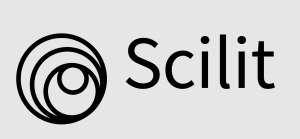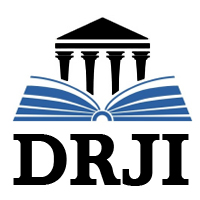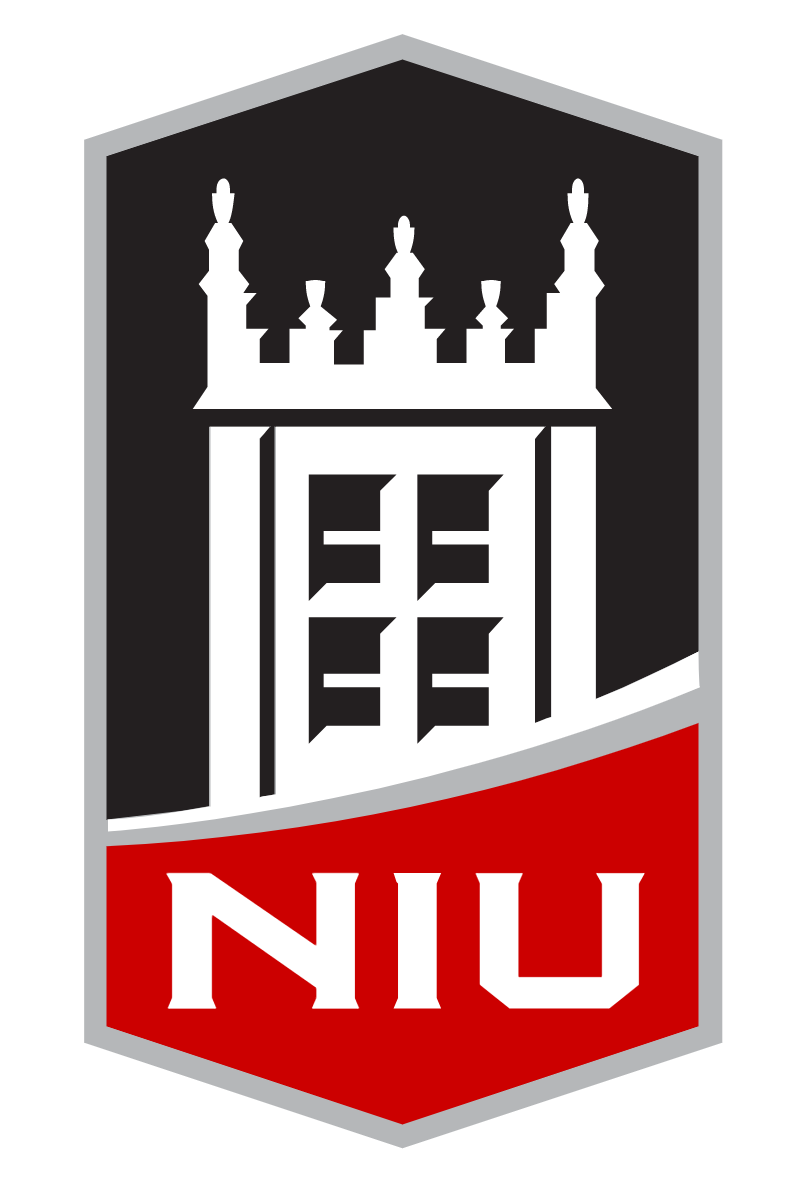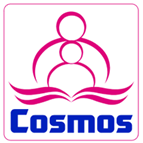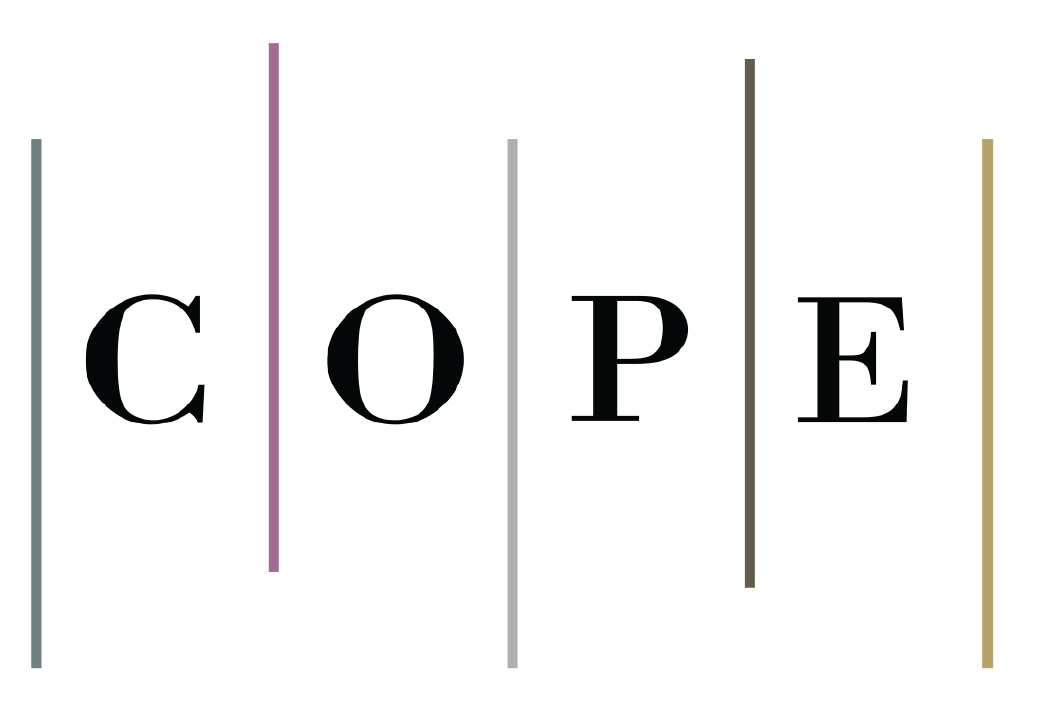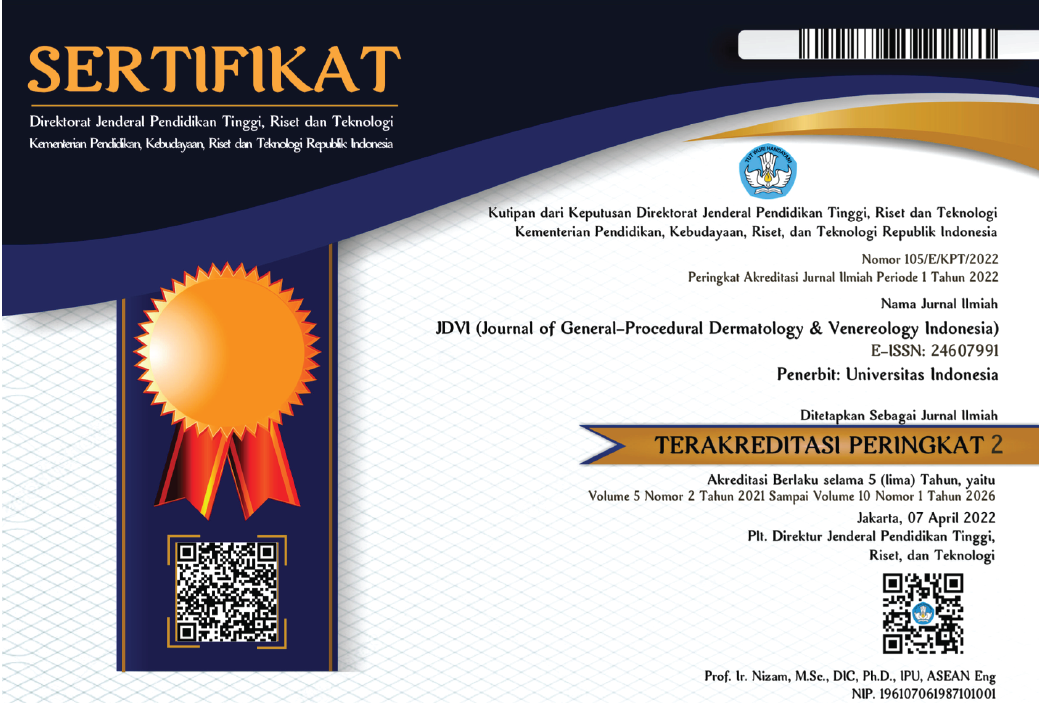Abstract
Background: Leprosy is a chronic infectious disease caused by Mycobacterium leprae. Current therapeutic regimen, like the multidrug therapy (MDT), are effective in treating most cases, but new cases continue to emerge in Indonesia every year. While multidrug therapy alone is adequate for treating leprosy, there is a need for adjuvant treatment options to boost the host’s immune system to prevent the worsening of leprosy and reduce the activation of M. leprae, such as immunomodulators.
Discussion: Immunomodulators are drugs that can stimulate the body’s natural and adaptive defense mechanisms, acting as either immunosuppressants or immunostimulants. To understand how immunomodulatory drugs (IMiDs) work, it is important to understand the role of immunity. This article reviews the role of immunity in leprosy and discusses various immunomodulators that have been developed or investigated to enhance the host’s immune system. Substances like levamisole, thalidomide, zinc, selenium, as well as vitamins A, D, E, and C have been clinically tried in various combinations and durations, showing promise as immunomodulating agents.
Conclusion: Studies have suggested that immunomodulating agents may be considered as adjuncts to MDT to enhance the elimination and clearance of bacteria, making them potential recommendations for leprosy treatment.
References
- Chen KH, Lin CY, Su SB, Chen KT. Leprosy: A review of epidemiology, clinical diagnosis, and management. J Trop Med. 2022;2022:1.
- World Health Organization. Towards zero leprosy: Global leprosy (Hansen’s disease) strategy 2021 – 2030. New Delhi: World Health Organization, Regional Office for South-East Asia; 2017. p.9.
- Pusat Data dan Informasi Kemenkes Republik Indonesia. Hapuskan stigma dan diskriminasi terhadap kusta. Kemenkes RI; 2018. p.3. Indonesian.
- Lima HR, Gasparoto TH, de Souza Malaspina TS, et al. Immune checkpoints in leprosy: Immunotherapy as a feasible approach to control disease progression. Front Immunol. 2017;8:1724.
- De Macedo CS, Lara FA, Olmo R, Schmitz V. New insights into the pathogenesis of leprosy: Contribution of subversion of host cell metabolism to bacterial persistence, disease progression, and transmission. F1000 Research. 2020;9:70.
- Chauhan D, Kamal R, Saxena A. Therapy of leprosy-Present strategies and recent trends with immunotherapy. J Dermatol Res Ther. 2020;6(2):1-10.
- Tarina M, Agustin T, Dachlan AS, Effendi EH. Penggunaan imunostimulan dalam bidang dermatovenereologi. Media Dermato-Venereologica Indonesiana. 2019;46(2):111-5. Indonesian.
- Wang H. Leprosy vaccines: Development for prevention and treatment. In: Christodoulides, M. editor. Vaccines for neglected pathogens, achievements and challenges. Switzerland: Springer Cham; 2023. p.47-69.
- Makino M. Host defense against M. leprae. In: Makino M, Matsuoka M, Goto M, Hatano K, editors. Leprosy science working toward dignity. Kanagawa: Tokai University Press; 2011. p.89-96.
- White C, Franco-Paredes C. Leprosy in the 21st century. Clin Microbiol Rev. 2015;28(1):80-94.
- Paul S, Hmar EB, Sharma HK. Strengthening immunity with immunostimulants: A review. Current Trends in Pharmaceutical Research. 2020;7(10):2582-4783.
- Pinheiro RO, Schmitz V, Silva B, et al. Innate immune responses in leprosy. Front Immunol. 2018;9:518.
- Jin SH, Ahn KJ, An S. Importance of the immune response to Mycobacterium leprae in the skin. Biomedical Dermatology. 2018;2:1.
- de Sousa JR, Sotto MN, Quaresma. Leprosy as a complex infection: Breakdown of the Th1 and Th2 immune paradigm in the immunopathogenesis of the disease. Front Immunol. 2017;8:1635.
- de Lima Fonseca AB, de Vale Simon M, Cazzaniga RA. The influence of innate and adaptive immune responses on the differential clinical outcomes of leprosy. Infect Dis Poverty. 2017;6:5.
- Jorge KTOS, Soriani FM. Genetic variation in pattern-recognition receptors and association with leprosy. In: Ribòn W. Editor. Hansen’s disease – the forgotten and neglected disease. IntechOpen; 2018. p.145-8.
- Suwarsa O, Gunawan H, Achdiat PA. Imunitas bawaan pada kusta: Hubungan ekspresi kaspase-1 dan interleukin-18 pada lesi kulit pasien kusta. MKD. 2016;48(3):181-6. Indonesian.
- Chauhan D, Kamal R, Saxena A. Therapy of leprosy-present strategies and recent trends with immunotherapy. J Dermatol Red Ther. 2020;6:093.
- Khan GH, Veltkamp F, Scheper M, et al. Levamisole suppresses activation and proliferation of human T cells by the induction of a p53-dependent DNA damage response. Eur J Immunol. 2023;53(11):2350562.
- Fu Y, Wang T, Xiu L, et al. Levamisole promotes murine bone marrow derived dendritic cell activation and drives Th1 immune response in vitro and in vivo. Int Immunopharmacol. 2016;31:57-65.
- Mukherji T, Mukherji MB, Roy S. Comparative study on impact of the immunomodulators drugs levamisole and albendazole on multibacillary leprosy in two different medical colleges in different states and regions. Indian Journal of Research. 2016;5(10): 84-6.
- Gupta M. Levamisole: A multi-faceted drug in dermatology. Indian J Dermatol Venereol Leprol. 2016;82(2):230-6.
- Campillo JT, Eiden C, Boussinesq M, et al. Adverse reactions with levamisole vary according to its indications and misuse: A systematic pharmacovilance study. Br J Clin Pharmacol. 2022;88(3):1094-106.
- Habibie DP, Listiawan MY. The use of thalidomide in steroid dependent continuous erythema nodosum leprosum leprosy patient: A case report. Berkala Ilmu Kesehatan Kulit dan Kelamin. 2016;28(2):168-74.
- Santana AC, Andraus W, Silva FMO, et al. Immunomodulatory effects of thalidomide in an experimental brain death liver donor model. Scientific Reports. 2021;11:19221.
- Kotb AR, Abdallah AE, Elkady H, et al. Design, synthesis, anticancer evaluation, and in silico ADMET analysis of novel thalidomide analogs as promising immunomodulatory agents. RSC Adv. 2023;13(16):10488-502.
- Upputuri B, Pallapati MS, Tarwater P, Srikantam A. Thalidomide in the treatment of erythema nodosum leprosum (ENL) in an outpatient setting: A five-year retrospective analysis from a leprosy referral centre in India. PLoS Negl Trop Dis. 2020;14(10):e0008678.
- Anant JK, Inchulkar SR, Bhagat S. Medical termination of pregnancy-a review. World Journal of Pharmaceutical and Life Sciences. 2018;4(10):65-9.
- Kar HK, Gupta L. Comparative efficacy of four treatment regimens in type 2 leprosy reactions (prednisolone alone, thalidomide alone, prednisolone plus thalidomide and prednisolone plus clofazimine). Indian J Lepr. 2016;88(1):29-38.
- PK Mishra SR, Samal R, Behera B. Thalidomide and steroid in the management of erythema nodosum leprosum. Indian J Pharmacol. 2022;54(3):177-82.
- de Ayres Putinatti MS, Lastoria JC, Padovani CR. Prevention of repeated episodes of type 2 reaction of leprosy with the use of thalidomide 100 mg/day. An Bras Dermatol. 2014;89(2): 266-73.
- Patel UH, Mir MA, Sivik JK, Raheja D, Pandey MK, Talamo G. Central neurotoxicity of immunomodulatory drugs in multiple myeloma. Hematol Rep. 2015;7(1):5704.
- Hojyo S, Fukada T. Roles of zinc signaling in the immune system. Journal of Immunology Research. 2016;2016:21.
- Vazquez CMP, Netto RSM, Barbosa KBF, de Moura TR, de Almeida RP. Micronutrients influencing the immune response in leprosy. Nutr Hosp. 2014;29(1):26-36.
- Dwivedi VP, Banerjee A, Das I, et al. Diet and nutrition: An important risk factor in leprosy. Microb Pathog. 2019;137:103714.
- Jain P, Khare V, Koshti A, Malik R, Bhimte B. Serum zinc level estimation-comparison between normal control and in leprosy patients: clinical presentations. New Frontiers in Medicine and Medical Research. 2021;1:1-5.
- Khalid HN, Mostafa MI, Attia NS, Bazid HASE. Serum level of selenium, zinc, and vitamin c and their relation to the clinical spectrum of leprosy. J Infect Dev Ctries. 2022;16(3):491-9.
- Gupta M, Mahajan VK, Mehta KS, Chauhan PS. Zinc therapy in dermatology: A review. Dermatol Res Pract. 2014;2014:709152.
- Wessels I, Maywald M, Rink L. Zinc as a gatekeeper of immune function. Nutrients; 2017;9(12):1286.
- Klowak M, Boggild AK. A review of nutrition in neuropathic pain of leprosy. Ther Adv Infectious Dis. 2022;9:1-19.
- Dalimunthe DA, Hazlianda CP, Partogi D. Analysis of vitamin a in leprosy patients. Bali Medical Journal (Bali MedJ). 2021;10(2):746-8.
- Darus NIM, Lubis RD, Jusuf NK. Analysis of serum vitamin d level in leprosy patients. Bali Medical Journal (Bali MedJ). 2019;8(3):795-9.
- Hazlianda CP, Dalimunthe DA, Partogi D. Analysis of vitamin e in leprosy patients. Journal of Pakistan Association of Dermatologists. 2023;33(4):1238-41.
- Wagenaar I, van Muiden L, Alam K, et al. Diet-related rick factors for leprosy: a case control study. PLoS Negl Trop Dis. 2015;9(5):e0003766.
- Hemila H. Vitamin C and infections. Nutrients. 2017;9(4):339.
- Chen G, Yang F, Fan S, et al. Immunomodulatory roles of selenium nanoparticles: Novel arts for porential immunotherapy stratery development. Front Immunol. 2022;13:956181.
- Partogi D, Dalimunthe DA, Hazlianda CP. A study of selenium in leprosy. Open Access Maced J Med Sci. 2018;6(3):485-7.
- Zhang J, Gao S, Li H, Cao M, Li W, Liu X. Immunomodulatory effects of selenium-enriched peptides from soybean in cyclophosphamide- induced immunosuppressed mice. Food Sci Nutr. 2021;9(11):6322-4.
- Agostoni C, Canani RB, Fairweather-Trait S. Scientific opinion on dietary reference values for selenium. EFSA J. 2014;12(10):3846.
Recommended Citation
Kimberly, Kesya; Ferina, Siti Aisha Nabila; and Esti, Prima Kartika
(2024)
"Immunomodulators in leprosy: A narrative review,"
Journal of General - Procedural Dermatology and Venereology Indonesia: Vol. 8:
Iss.
1, Article 10.
DOI: 10.7454/jdvi.v8i1.1123
Available at:
https://scholarhub.ui.ac.id/jdvi/vol8/iss1/10
Included in
Dermatology Commons, Integumentary System Commons, Skin and Connective Tissue Diseases Commons



